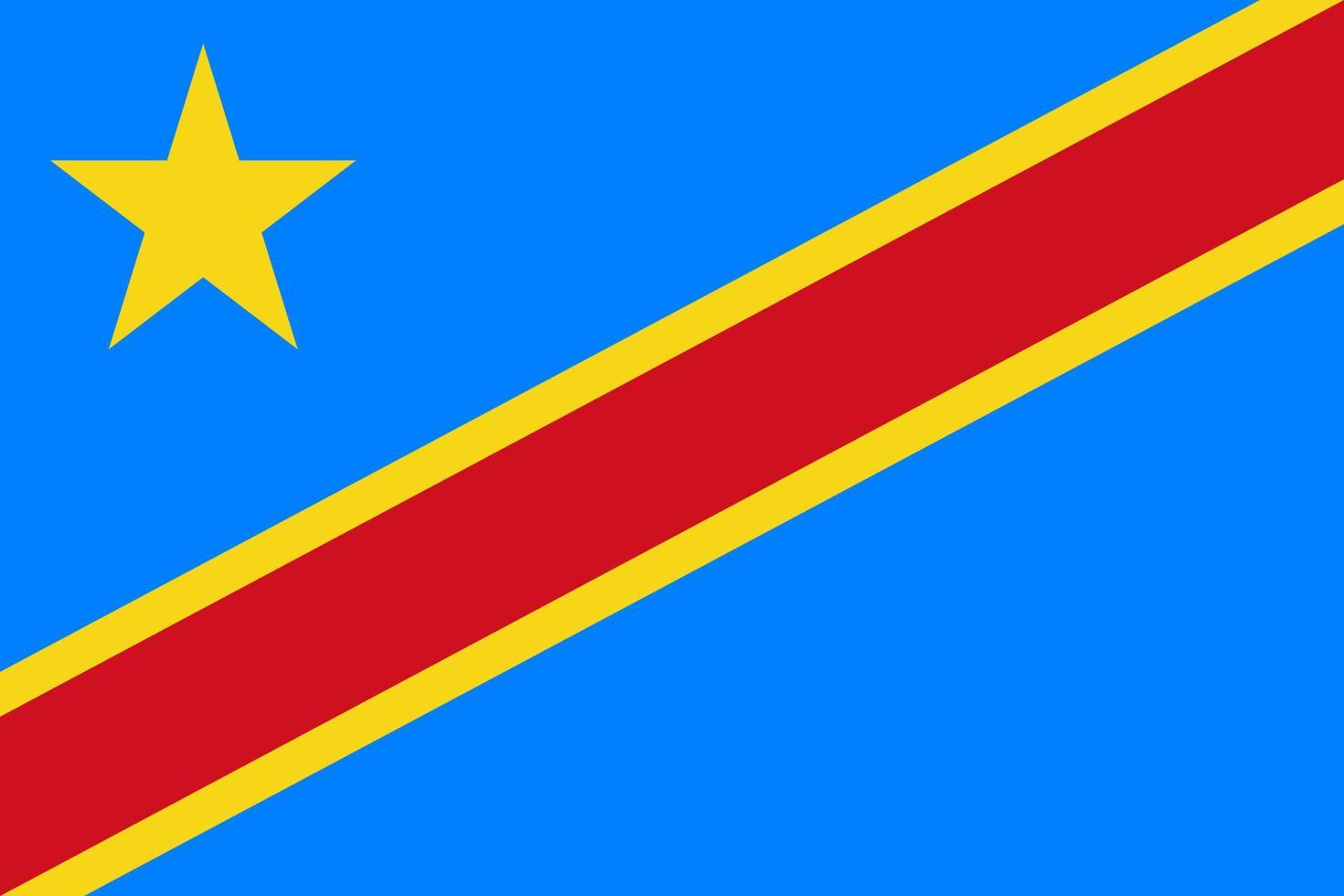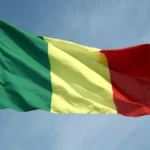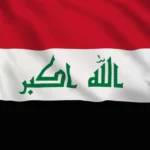
Nestled in the heart of Central Africa, the Democratic Republic of the Congo (DRC) is a land of remarkable diversity, both in its vast landscapes and rich cultural tapestry. From gaining independence in 1960 to navigating the complexities of governance, conflict, and resource management, the DRC has woven a narrative that reflects the intricate interplay of history, nature, and human resilience. This introduction sets the stage for an exploration of 25 historical facts and numerical trivia that illuminate key facets of the Democratic Republic of the Congo, spanning its geographical expanse, cultural heritage, resource wealth, and the challenges it has faced and overcome. Join us on a journey through this nation’s multifaceted story, where each trivia unveils a layer of its complexity and significance on the African and global stage.
Independence Day: The Democratic Republic of the Congo’s independence from Belgian colonial rule on June 30, 1960, marked a pivotal moment in African history. The nation emerged as a sovereign state, but the journey towards stability and prosperity has been fraught with political, social, and economic challenges. The struggle for self-determination and the subsequent years have seen political transitions, conflicts, and efforts to build a democratic and resilient nation.
Area: With an expansive landmass of approximately 2.34 million square kilometers, the Democratic Republic of the Congo is the largest country in sub-Saharan Africa. This vast expanse encompasses diverse ecosystems, from the dense Congo Basin rainforest to savannas and highlands. The sheer size of the country has implications for governance, infrastructure development, and the conservation of its rich biodiversity.
Population: As of my last knowledge update in January 2022, the Democratic Republic of the Congo had a population exceeding 87 million people. This sizable population contributes to the country’s cultural diversity, yet it also poses challenges related to healthcare, education, and economic development. Managing such a large and diverse populace requires effective governance and strategic planning.
Capital: Kinshasa, the capital and largest city of the Democratic Republic of the Congo, is a vibrant metropolis situated along the Congo River. It serves as a political, cultural, and economic hub, hosting a mix of traditional and modern elements. The city’s growth and development are central to the nation’s overall progress.
Official Language: French is the official language of the Democratic Republic of the Congo, reflecting its colonial history under Belgian rule. This linguistic heritage plays a crucial role in communication, education, and international relations. However, linguistic diversity within the country is notable, with numerous indigenous languages spoken across different regions.
Second Congo War: The Second Congo War (1998-2003) was a complex conflict involving multiple African nations and internal factions. Originating from regional tensions and ethnic strife, it resulted in a staggering loss of life and displacement. The war’s impact on the Democratic Republic of the Congo’s socio-political landscape has been profound, shaping its recent history and leaving lasting scars.
UN Peacekeeping Mission: The United Nations Organization Stabilization Mission in the Democratic Republic of the Congo (MONUSCO) stands as one of the largest and most challenging UN peacekeeping operations. Tasked with maintaining stability, protecting civilians, and supporting political processes, MONUSCO reflects the international community’s commitment to assisting the DRC in overcoming its complex challenges.
Rainforest: The Congo Basin rainforest, situated in the Democratic Republic of the Congo, is the second-largest tropical rainforest globally. This ecological treasure is home to diverse flora and fauna, some of which are endemic and endangered. The conservation of this vital ecosystem is of global significance, given its role in regulating climate and supporting biodiversity.
River Congo: The Congo River, coursing through the heart of the country, is the second-longest river in Africa. Its immense depth, exceeding 220 meters, contributes to the region’s hydrology and sustains a variety of aquatic life. The river’s economic potential for hydroelectric power and transportation underscores its importance to the nation’s development.
Mbuji-Mayi: Mbuji-Mayi, known as the “Diamond Capital” of the Democratic Republic of the Congo, holds a significant position in the global diamond trade. Its mines are a source of industrial diamonds, contributing to both the national economy and the global market. The city’s role in the diamond industry underscores the economic diversity within the country.
Mount Stanley: Mount Stanley, part of the Rwenzori mountain range, boasts the third-highest peak in Africa, Margherita Peak, standing at an impressive 5,109 meters (16,762 feet). This towering summit is not only a challenging ascent for mountaineers but also contributes to the region’s breathtaking landscape. The Rwenzori mountains hold cultural significance, and their preservation is vital for both local communities and global biodiversity.
Mobutu Sese Seko: Mobutu Sese Seko’s presidency from 1965 to 1997 marked a significant era in the Democratic Republic of the Congo’s history. He renamed the country Zaire and instituted an autocratic regime. While his rule was characterized by economic mismanagement and political repression, Mobutu’s impact on the nation remains indelible, shaping its trajectory long after his departure.
Inga Dam: The Inga Dam, positioned on the Congo River, possesses the potential to generate more hydroelectric power than any other dam globally. Harnessing this immense power source is critical for meeting the country’s energy demands and fostering economic development. However, the dam’s construction and operation also raise environmental and social considerations that require careful management.
Virunga National Park: Established in 1925, Virunga National Park holds the distinction of being Africa’s oldest national park and a UNESCO World Heritage Site. Its diverse ecosystems, including volcanoes, forests, and lakes, provide a sanctuary for rare and endangered species like mountain gorillas. The conservation efforts in Virunga highlight the delicate balance between preserving natural treasures and addressing the needs of local communities.
Great Lakes: The Democratic Republic of the Congo is blessed with several of Africa’s Great Lakes, including Lake Tanganyika, the second deepest lake globally. These lakes play a vital role in regional ecology, serving as sources of freshwater, fisheries, and transportation. However, managing the shared resources of the Great Lakes amidst geopolitical complexities poses ongoing challenges for the nation and its neighboring countries.
Currency: The official currency of the Democratic Republic of the Congo is the Congolese franc. The stability and value of the currency directly impact the nation’s economic activities, trade relationships, and the purchasing power of its citizens. Currency management is a critical aspect of economic governance and international financial interactions.
World’s Deepest Mine: The Mponeng gold mine in the Democratic Republic of the Congo is renowned as one of the world’s deepest mines, reaching depths of around 4 kilometers (2.5 miles). Mining activities, while contributing to the national economy, also pose environmental and social challenges. The management of mining resources is a key aspect of sustainable development in the country.
Goma Volcano: Goma, situated on the shores of Lake Kivu, faces the constant threat of the nearby active volcano, Mount Nyiragongo. The city’s proximity to this geological hazard requires ongoing risk management and emergency preparedness. The eruption of Mount Nyiragongo in 2002 had devastating consequences for Goma, emphasizing the need for vigilant monitoring and community resilience.
Joseph Kabila: Joseph Kabila’s presidency from 2001 to 2019 played a crucial role in shaping the Democratic Republic of the Congo’s post-conflict trajectory. His leadership faced challenges, including the formal end of the Second Congo War, the establishment of a transitional government, and efforts towards stabilization. The transition from Kabila’s rule marked a significant chapter in the country’s political evolution.
Lumumba’s Assassination: Patrice Lumumba, the first Prime Minister of the Congo, was tragically assassinated on January 17, 1961. His visionary leadership, commitment to pan-Africanism, and calls for national unity made him a symbol of independence. Lumumba’s untimely death left a profound impact on the nation, reflecting the complex geopolitical dynamics and challenges faced during the early years of independence.
World’s Largest Cobalt Producer: The Democratic Republic of the Congo holds the distinction of being the world’s largest producer of cobalt, a critical component in the manufacturing of batteries for electric vehicles. This places the country at the forefront of the global transition to renewable energy and sustainable technologies. However, the cobalt industry also raises ethical concerns, particularly regarding environmental impact and labor conditions in mining operations.
UNESCO Sites: In addition to Virunga National Park, the Democratic Republic of the Congo is home to the Okapi Wildlife Reserve, another UNESCO World Heritage Site. The reserve, established to protect the endangered okapi and its habitat, showcases the country’s commitment to preserving its unique biodiversity. Efforts to balance conservation with the needs of local communities underscore the challenges of sustainable development in the region.
Kasai River: The Kasai River, a major tributary of the Congo River, weaves through the heart of the country. Its waters contribute to the hydrological network, supporting agriculture and transportation. However, the region surrounding the Kasai River has witnessed conflict and displacement, highlighting the complex interplay between natural resources and socio-political dynamics in the Democratic Republic of the Congo.
Congo Basin Forest Partnership: The Democratic Republic of the Congo is a member of the Congo Basin Forest Partnership, a collaborative initiative aimed at promoting the sustainable management of the Congo Basin rainforest. The partnership addresses issues such as deforestation, climate change, and the conservation of biodiversity. Participation in such international efforts reflects the country’s recognition of the global importance of its ecosystems.
Music and Dance: The Democratic Republic of the Congo has a rich musical heritage, and the Congolese rumba stands out as a popular music genre with global influence. Music and dance play a significant role in the country’s cultural expression, reflecting its diverse ethnic groups. The impact of Congolese music extends beyond entertainment, influencing the broader African music scene and contributing to the nation’s soft power on the international stage.
Frequently Asked Questions about The Democratic Republic of the Congo:
- Where is the Democratic Republic of the Congo and what is its capital?
The Democratic Republic of the Congo (DRC) is a large country located in Central Africa. It borders nine other African nations and has a small Atlantic Ocean coastline. The capital of the DRC is Kinshasa, a bustling metropolis situated on the Congo River.
- What is the Democratic Republic of the Congo known for?
The DRC is a nation rich in natural resources, including minerals like cobalt, copper, coltan, and diamonds. However, this abundance has also fueled conflicts and instability in the region. The country is also home to the vast Congo Rainforest, the second-largest rainforest in the world, known for its biodiversity. The DRC is known for its music scene, particularly rumba music, and its rich cultural heritage.
- What are the challenges faced by the Democratic Republic of the Congo?
The DRC faces numerous challenges, including:
- Political instability: The country has a history of political unrest and armed conflict, hindering development efforts.
- Poverty and economic inequality: The vast majority of the population lives in poverty, despite the country’s mineral wealth.
- Corruption: Corruption is a significant problem that impedes economic growth and social development.
- Human rights abuses: Violence against civilians and human rights violations remain a concern.
- Public health issues: The DRC grapples with outbreaks of diseases like Ebola and malaria, and limited access to healthcare.
- What is the official language of the Democratic Republic of the Congo?
French is the official language of the Democratic Republic of the Congo, a legacy of Belgian colonialism. However, the DRC is a linguistically diverse country with over 240 ethnic languages spoken throughout the nation. Lingala, a language derived from Bangala and French, is also widely used as a lingua franca, especially in trade and communication between different ethnic groups.
- Is it safe to travel to the Democratic Republic of the Congo?
The safety situation in the DRC varies depending on the location. Certain areas, particularly in the eastern part of the country, experience ongoing conflict and violence. It’s crucial to research the safety situation before traveling and to exercise caution, especially in areas with higher risks. Travel advisories issued by governments and reputable organizations can provide valuable information for making informed decisions about travel to the DRC.









